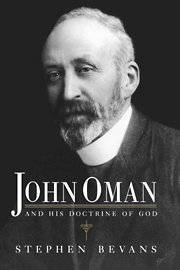1 - A harmonizer of opposites
Published online by Cambridge University Press: 05 September 2009
Summary
In the first lines of his autobiographical masterpiece Father and Son, Edmund Gosse describes his book as “the record of a struggle between two temperaments, two consciences and almost two epochs.” Father and Son is a remarkably frank account of one person's struggle with naïve faith in an age of monumental shifts in human consciousness and human knowledge. In many ways, as he intimates in his opening lines, Gosse's own personal struggle was the struggle of two epochs, two ages: the end of the nineteenth century and the beginning of the twentieth, with all that such a transition implies: the end of Victorian repression and the beginning of a more (at least outwardly) honest time of freedom to question and think for oneself.
Born into a deeply religious family of Plymouth Brethren, the son of the eminent naturalist, Philip Gosse, Edmund was raised in an almost hermetic atmosphere of unquestioned faith. But once on his own in London, and free to read and question for himself, he found that he could choose against religion only in order to take “a human being's privilege to fashion his inner life for himself.” For Edmund Gosse, the two temperaments and two consciences could not live together; for him, at least, it was all or nothing, faith or faithlessness, certainty or agnosticism – and he took the latter path.
Whether John Oman read Gosse's book when it appeared in 1907 is not certain, but had he read it, he certainly would have been able to identify with Gosse's dilemma. Oman certainly participated in the tensions and struggles of his times, and in many ways was a person of tensions himself.
- Type
- Chapter
- Information
- John Oman and his Doctrine of God , pp. 4 - 17Publisher: Cambridge University PressPrint publication year: 1992

